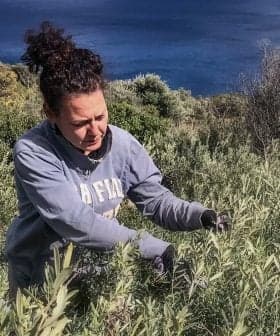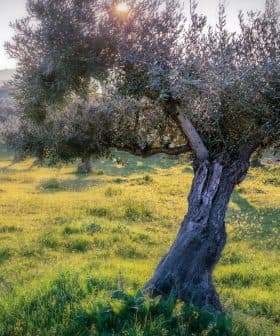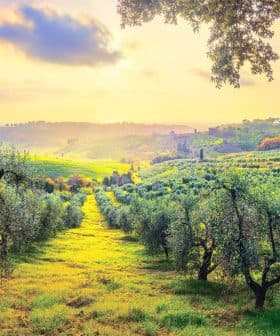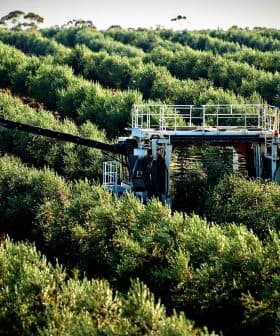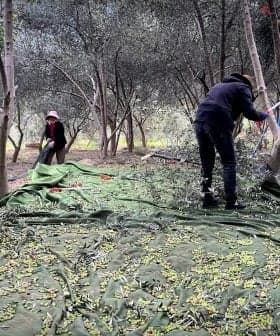California Olive Ranch Announces Expansion
A $35-million equity infusion is being used to add more than 2,000 acres of farm fields, additional infrastructure, staffing and research and development, the company revealed.
 California Olive Ranch
California Olive RanchCalifornia Olive Ranch is planting 2,200 acres of olive trees by the end of the year, investing some of the $35 million equity investment received at the end of last year. CEO Gregg Kelley stated that this project will be the largest single olive tree planting project in California and the United States, aiming to meet the increasing consumer demand for olive oil.
California Olive Ranch has announced that it will plant 2,200 acres of olive trees by the end of the year.
The company has already invested some of the $35 million equity investment it received at the end of last year in the project. According to CEO Gregg Kelley, this will be the largest single olive tree planting project in California and the United States.
“These new plantings come at a crucial time for the industry as a whole,” Kelley said. “As the years progress, we are seeing an upward trend in consumer demand. By increasing our level of production, we are more easily able to meet that need.”
Kelley told Olive Oil Times that these new trees were grown in domestic nurseries and, “will provide enough oil to serve the annual demand of our five largest customers.”
The new trees will be planted in Butte, Fresno, Kings, Merced and Yolo counties. Among the varieties that will be planted are Arbequina, Arbosana and Koroneiki.
“We will also dedicate a significant amount of new acreage to testing and experimenting with different varietals,” Kelley said.
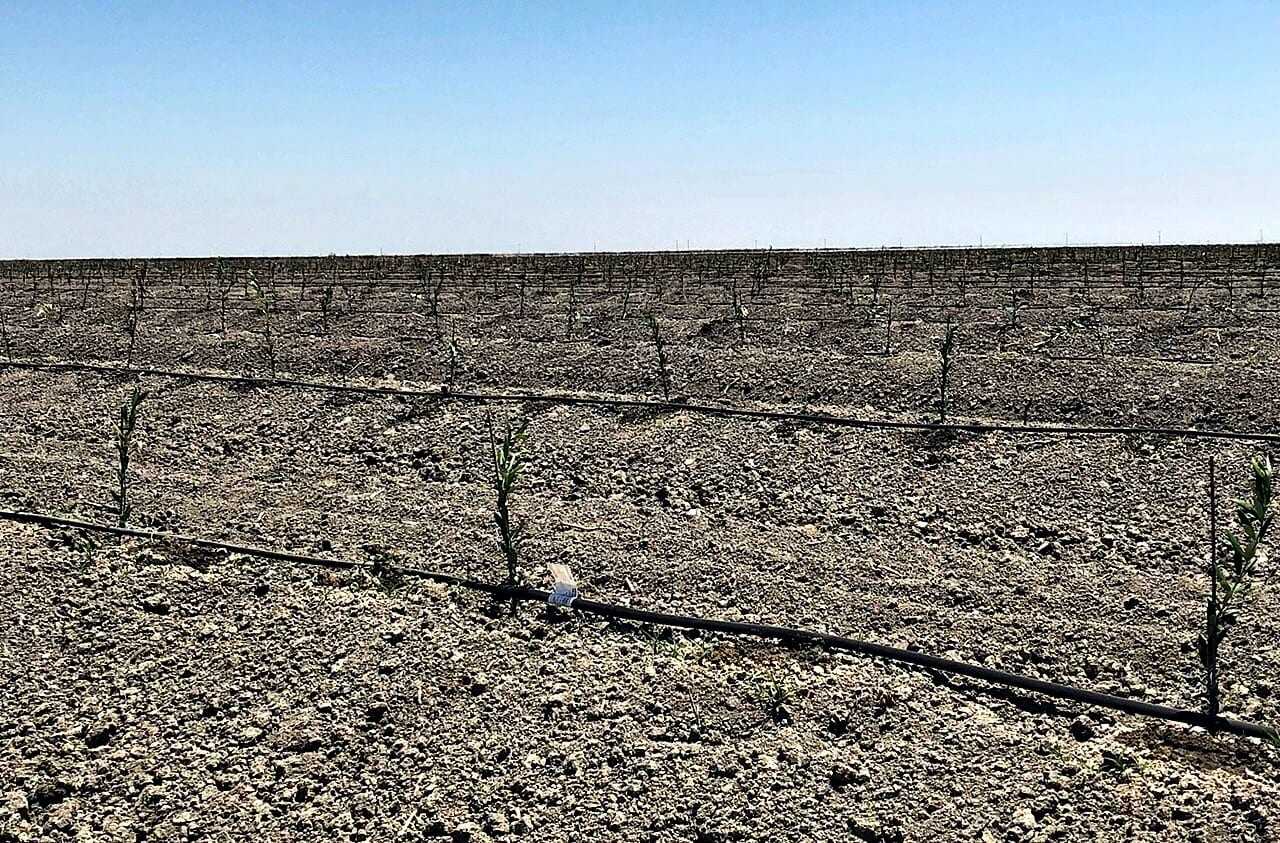
California Olive Ranch new plantings
Patricia Darragh, the executive director of the California Olive Oil Council, welcomed the news of more olive trees and said that any sort of expansion that allows for increased olive oil production will benefit California.
“This is good news for the industry,” she told Olive Oil Times. “The COOC supports expansion in California as the demand for California extra virgin olive oil has never been greater.”
According to Darragh, California now provides 7.9 percent of the United States extra virgin olive oil market share, an increase of nearly one percent since December 2017. The additional acres are likely to help increase the state’s market share and mitigate the effects of less productive years.
In terms of the price that customers will pay in the supermarket, neither Darragh nor Kelley believes the new acreage will have a big impact. Instead, both argue that the climate and consumer demand are much more likely to lead to price fluctuations.
“While I am not aware of any price increase considerations overall [from the COR’s project], we are anticipating a lower yield than normal for this upcoming harvest which may affect pricing,” Darragh said.
Kelley said the expansion and equity investment were both allowing the California Olive Ranch to create more harvesting, production and administrative jobs, as well as expand the company’s milling infrastructure.
“We have increased our U.S.-based team by 20 percent in just the past year, with increases planned for the foreseeable future,” he said.
Kelley declined to comment on how much of the $35 million has already been spent on the acreage increase but said the remainder would be used to invest in local olive tree growers, organic olive oil production, research and development and regenerative agriculture.
The equity investment was provided by a “major U.S.-based institutional investor” and existing investors. It remains the largest of its kind in the domestic extra virgin olive oil sector.


